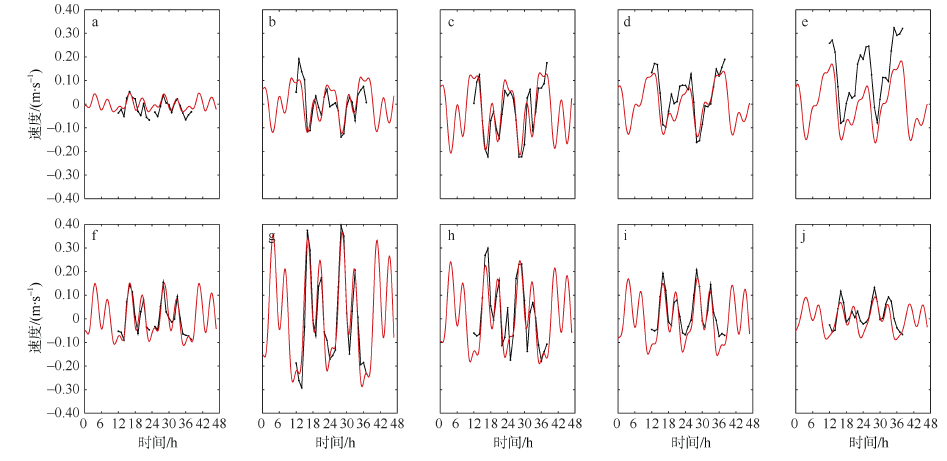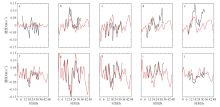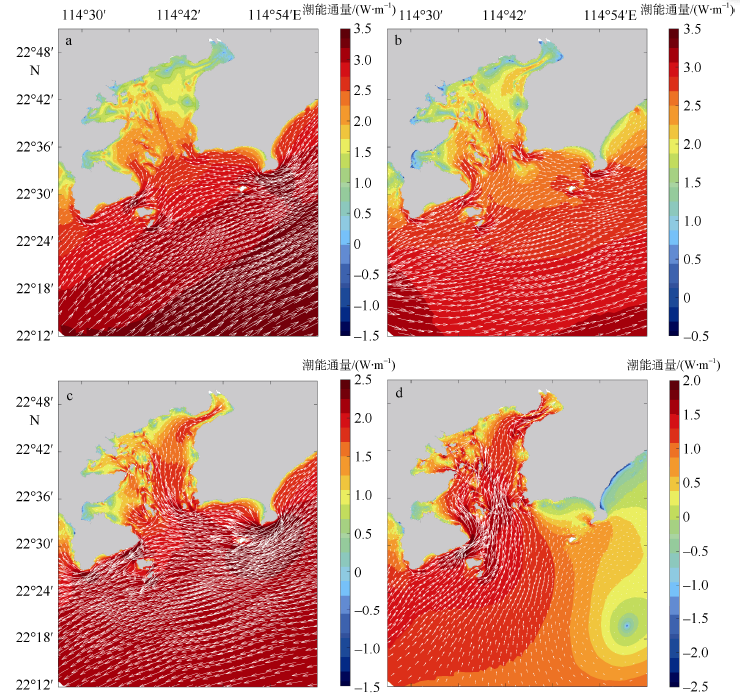| [1] |
王聪, 林军, 陈丕茂, 等, 2008. 大亚湾水交换的数值模拟研究[J]. 南方水产, 4(4): 8-15.
|
|
WANG CONG, LIN JUN, CHEN PIMAO, et al, 2008. Numerical simulation on water exchange in Daya Bay[J]. South China Fisheries Science, 4(4): 8-15 (in Chinese).
|
| [2] |
王雪辉, 杜飞雁, 邱永松, 等, 2010. 1980—2007年大亚湾鱼类物种多样性、区系特征和数量变化[J]. 应用生态学报, 21(9): 2403-2410.
|
|
WANG XUEHUI, DU FEIYAN, QIU YONGSONG, et al, 2010. Variations of fish species diversity, faunal assemblage, and abundances in Daya Bay in 1980-2007[J]. Chinese Journal of Applied Ecology, 21(9): 2403-2410 (in Chinese).
|
| [3] |
吴玲玲, 易斌, 林瑞, 等, 2009. 大亚湾生态监控区生态环境问题及管理对策研究[J]. 海洋开发与管理, 26(1): 14-20.
|
| [4] |
吴仁豪, 蔡树群, 王盛安, 等, 2007. 大亚湾海域潮流和余流的三维数值模拟[J]. 热带海洋学报, 26(3): 18-23.
|
|
WU RENHAO, CAI SHUQUN, WANG SHENG’AN, et al, 2007. Three-dimensional numerical simulation of tidal current and residual current at Daya Bay[J]. Journal of Tropical Oceanography, 26(3): 18-23(in Chinese).
|
| [5] |
吴岩, 陶建华, 1998. 大亚湾潮流数学模型的校准及验证[J]. 港工技术, (1): 6-11.
|
|
WU YAN, TAO JIANHUA, 1998. The calibration and verification of tide current model of Daya Bay[J]. Port Engineering Technology, (1): 6-11(in Chinese).
|
| [6] |
杨国标, 2001. 大亚湾海区潮流运动特征[J]. 人民珠江, (1): 30-32.
|
| [7] |
BLANTON J O, LIN GUOQING, ELSTON S A, 2002. Tidal current asymmetry in shallow estuaries and tidal creeks[J]. Continental Shelf Research, 22(11/13): 1731-1743.
|
| [8] |
CHEN CHANGSHENG, LIU HEDONG, BEARDSLEY R C, 2003. An unstructured grid, finite-volume, three-dimensional, primitive equations ocean model: Application to coastal ocean and estuaries[J]. Journal of Atmospheric and Oceanic Technology, 20(1): 159-186.
|
| [9] |
CHEN CHANGSHENG, BEARDSLEY R C, COWLES G, 2006. An unstructured grid, finite-volume coastal ocean model (FVCOM) system[J]. Oceanography, 19(1): 78-89.
|
| [10] |
DRONKERS J, 1986. Tidal asymmetry and estuarine morphology[J]. Netherlands Journal of Sea Research, 20(2/3): 117-131.
|
| [11] |
FOREMAN M G G, HENRY R F, WALTERS R A, et al, 1993. A finite element model for tides and resonance along the north coast of British Columbia[J]. Journal of Geophysical Research, 98(C2): 2509-2531.
|
| [12] |
GUO WENYUN, SONG DEHAI, WANG XIAOHUA, et al, 2016. Contributions of different tidal interactions to fortnightly variation in tidal duration asymmetry[J]. Journal of Geophysical Research, 121(8): 5980-5994.
|
| [13] |
LEFFLER K E, JAY D A, 2009. Enhancing tidal harmonic analysis: robust (hybrid L1/L2) solutions[J]. Continental Shelf Research, 29(1): 78-88.
|
| [14] |
PAWLOWICZ R, BEARDSLEY B, LENTZ S, 2002. Classical tidal harmonic analysis including error estimates in MATLAB using T_TIDE[J]. Computers & Geosciences, 28(8): 929-937.
|
| [15] |
SONG XINGYU, HUANG LIANGMIN, ZHANG JIANLIN, et al, 2009. Harmful algal blooms (HABs) in Daya Bay, China: an in situ study of primary production and environmental impacts[J]. Marine Pollution Bulletin, 58(9): 1310-1318.
|
| [16] |
SONG DEHAI, WANG XIAOHUA, ZHU XUEMING, et al, 2013. Modeling studies of the far-field effects of tidal flat reclamation on tidal dynamics in the East China Seas[J]. Estuarine, Coastal and Shelf Science, 133: 147-160.
|
| [17] |
SONG DEHAI, YAN YUHAN, WU WEN, et al, 2016. Tidal distortion caused by the resonance of sexta-diurnal tides in a micromesotidal embayment[J]. Journal of Geophysical Research, 121(10): 7599-7618.
|
| [18] |
YU JING, TANG DANLING, WANG SUFEN, et al, 2007. Changes of water temperature and harmful algal bloom in the Daya Bay in the Northern South China Sea[J]. Marine Science Bulletin, 9(2): 25-33.
|
 ), Yuhan YAN1,2, Dehai SONG2
), Yuhan YAN1,2, Dehai SONG2





















